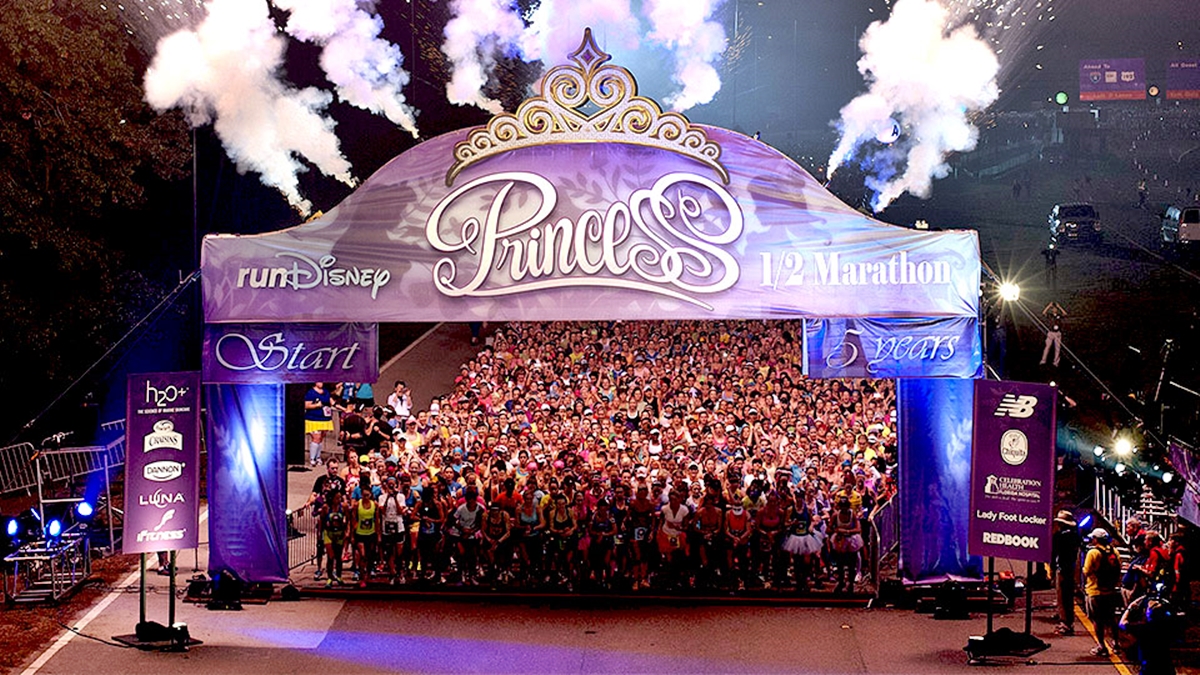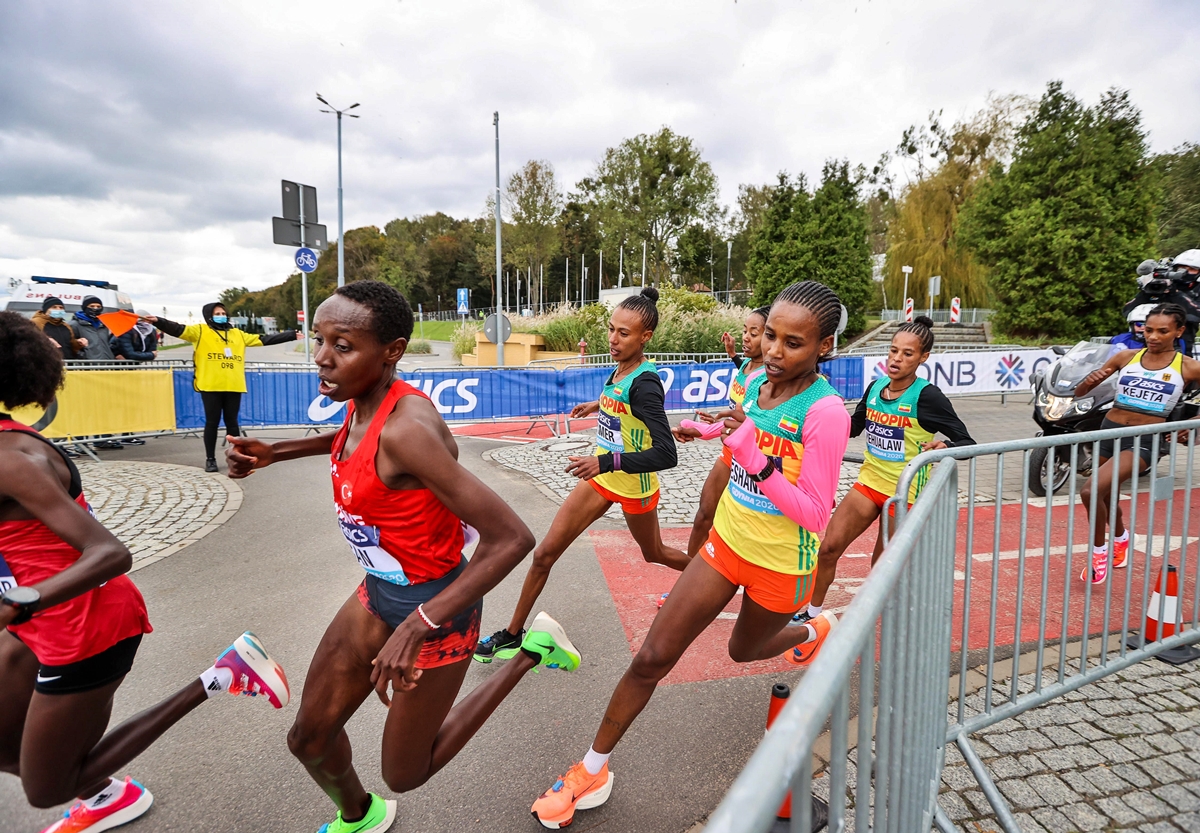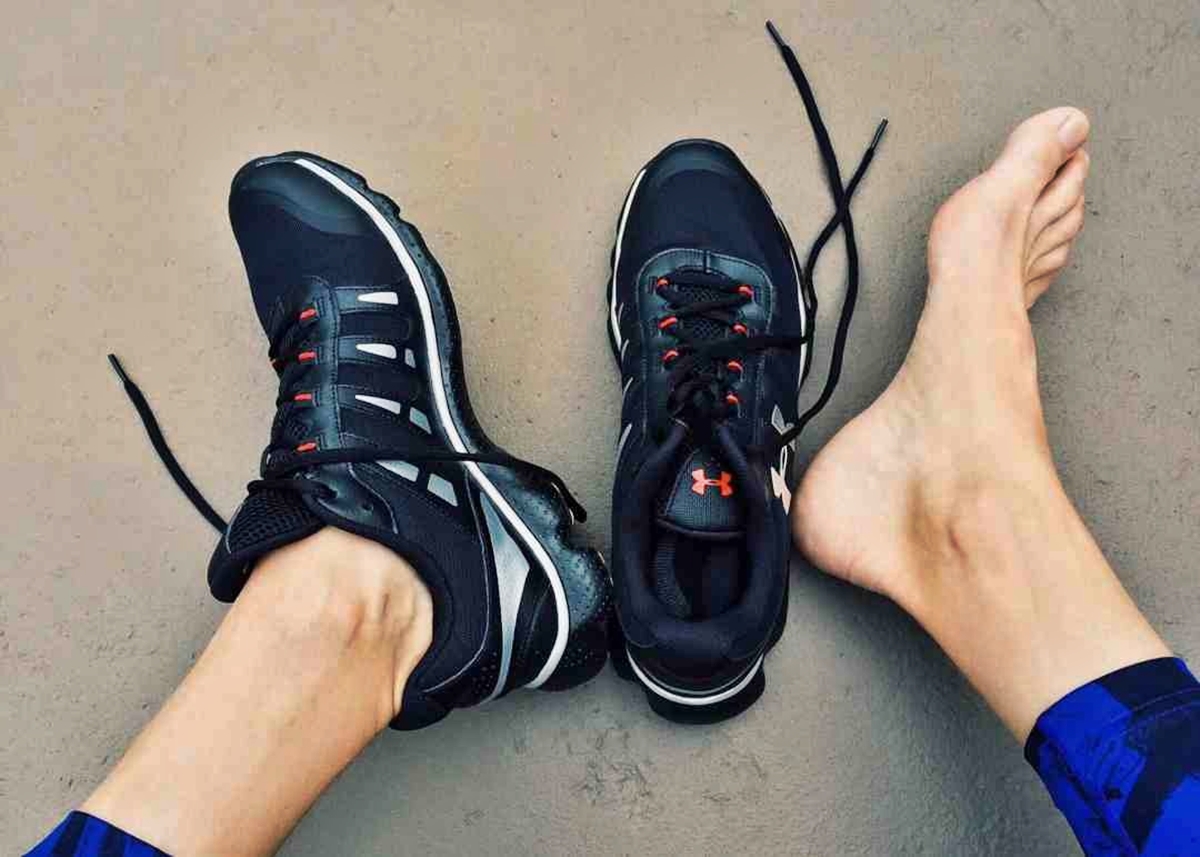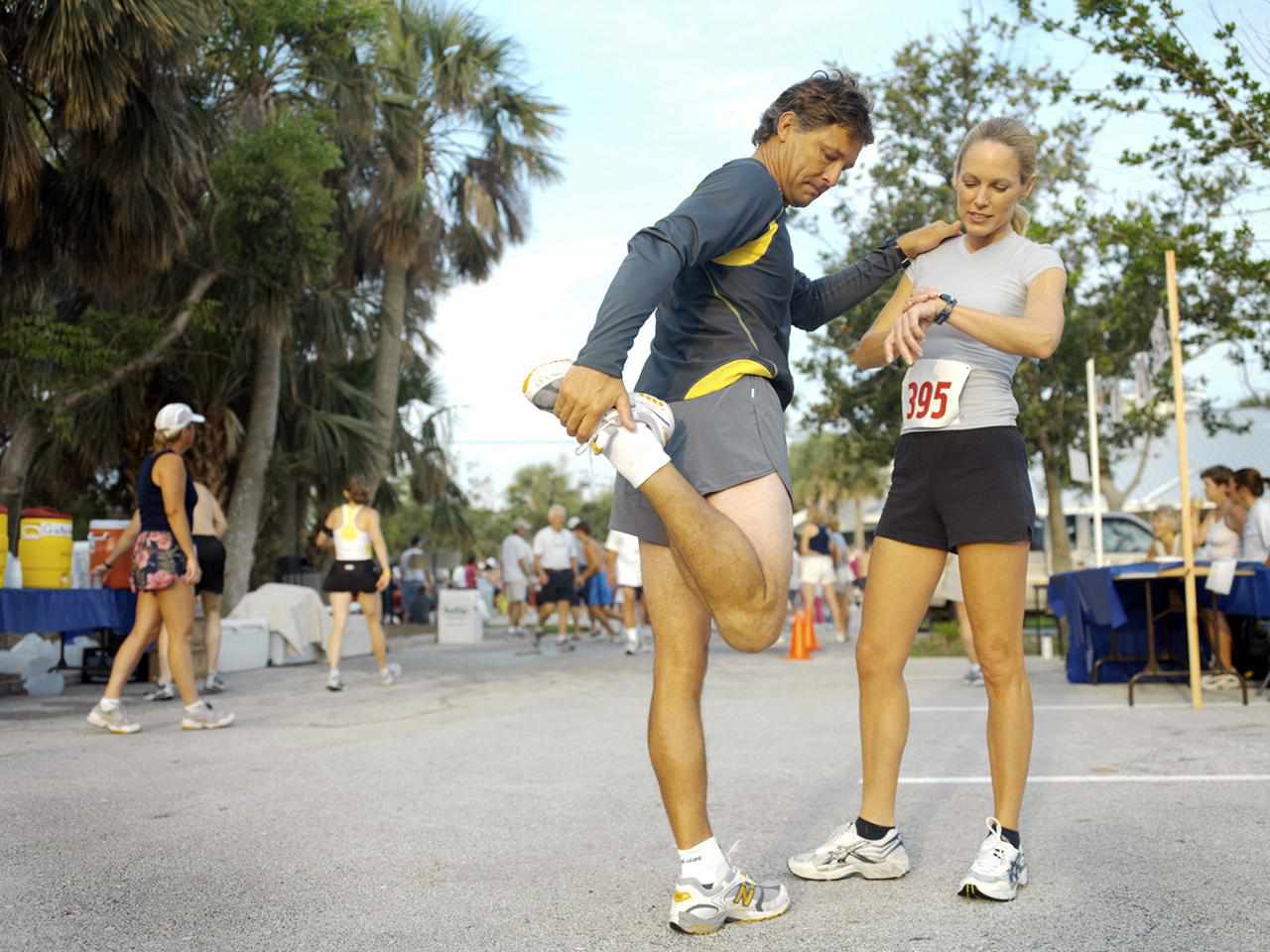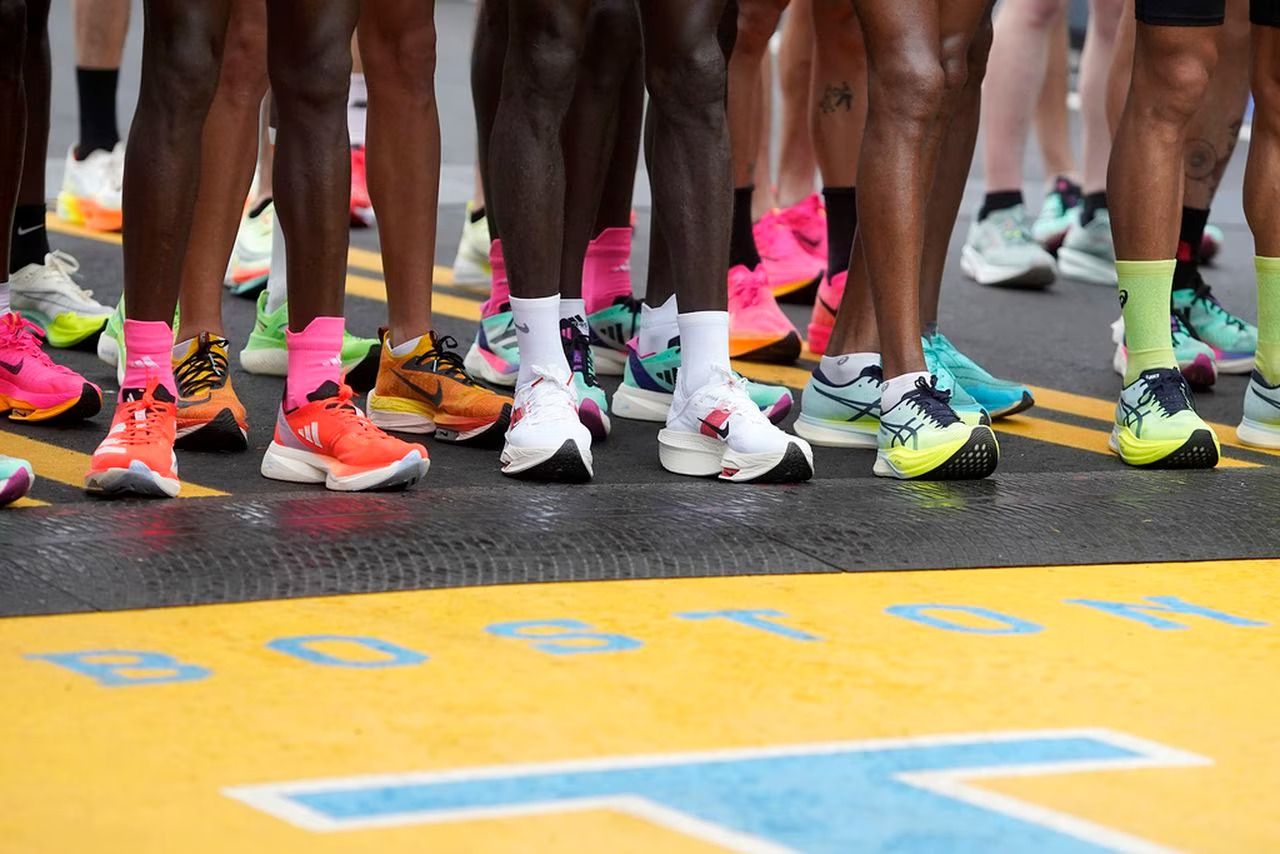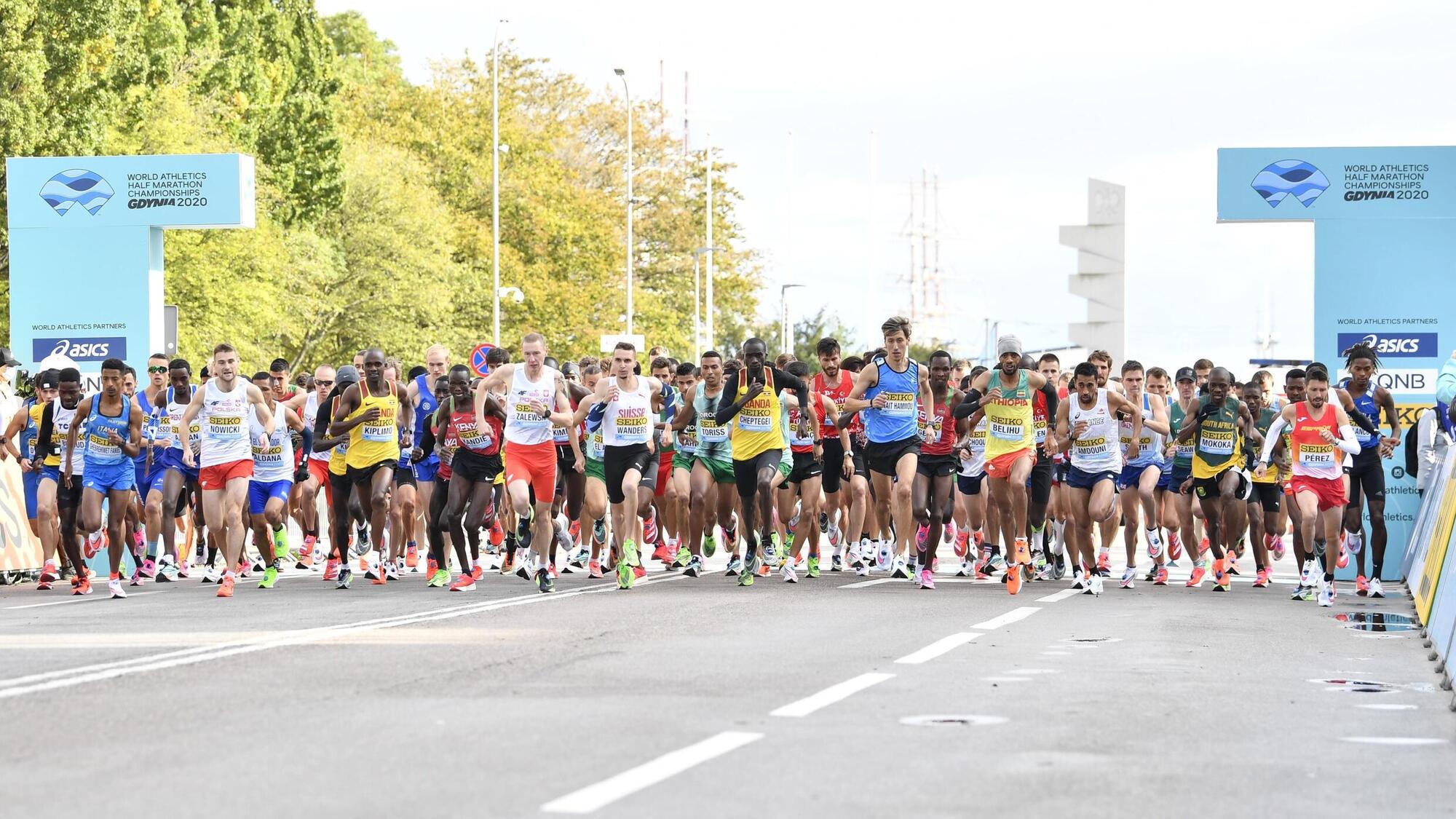Home>Misc>Featured>How Many Miles To Condition Your Running Shoes Before A Marathon


Featured
How Many Miles To Condition Your Running Shoes Before A Marathon
Modified: January 2, 2024
Find out how many miles you should put on your running shoes before a marathon. From choosing the right shoes to breaking them in, get expert tips and advice. Featured.
Introduction
Choosing the right pair of running shoes is crucial for any runner, especially when training for a marathon. The condition of your running shoes can significantly impact your performance, running efficiency, and even the risk of injuries. As a runner, you may be wondering how many miles your running shoes can handle before needing to be replaced. This article aims to provide insight into the lifespan of running shoes and when it’s advisable to replace them before running a marathon.
Running shoes are designed to offer support, cushioning, and stability, but they are not built to last forever. Over time, the materials naturally wear down, lose their effectiveness, and fail to provide the necessary support for your feet and legs. Understanding the factors that contribute to the lifespan of your running shoes is essential for maintaining peak performance and reducing the risk of injuries.
In this article, we will explore the factors that determine the lifespan of running shoes and discuss the importance of replacing them when needed. We will also provide guidelines for when to replace your running shoes before running a marathon to ensure optimal performance and minimize the risk of discomfort or injury.
So, if you’re curious about how many miles you should put on your running shoes or when it’s time to retire them, continue reading to find out more!
Factors that Determine the Lifespan of Running Shoes
The lifespan of running shoes can vary depending on several factors. Understanding these factors will help you determine when it’s time to replace your running shoes and ensure that you’re getting the most out of them. Below are some key factors that contribute to the overall lifespan of running shoes:
1. Total Mileage: The distance you run plays a significant role in how quickly your running shoes wear out. High mileage runners who regularly tackle long distances will need to replace their shoes more frequently compared to occasional runners. Keep track of your mileage and consider replacing your shoes every 300 to 500 miles.
2. Running Surface: The type of surface you run on can impact the lifespan of your running shoes. Pavement and treadmill running wear down the soles faster than running on softer surfaces like trails or grass. If you primarily run on concrete or asphalt, your shoes are likely to wear out more quickly.
3. Running Style and Stride: Your running mechanics also affect how your shoes wear. If you have a heavy footstrike or tend to pronate or supinate, certain areas of your shoes may experience more wear and tear. Consider getting a gait analysis done to understand your running style and explore shoe options that provide the necessary stability and cushioning for your specific needs.
4. Shoe Quality: The quality and construction of the shoes also influence their lifespan. Higher-quality shoes with durable materials and superior craftsmanship tend to last longer than lower-quality options. Investing in a reputable brand known for its durability can extend the life of your running shoes.
5. Body Weight: Your weight can impact how your shoes wear over time. Heavier runners may experience more compression of the cushioning materials, leading to a quicker breakdown and loss of support. If you’re on the heavier side, consider replacing your shoes more frequently.
6. Maintenance and Care: Proper maintenance and care can also extend the lifespan of your running shoes. Keep your shoes clean and dry, avoid wearing them when not running, and rotate between multiple pairs of shoes to allow for adequate drying time. Regularly inspect your shoes for any signs of wear or damage to determine when they need to be replaced.
By considering these factors, you can better gauge the lifespan of your running shoes and determine when it’s time for a replacement. Keep in mind that the guidelines provided are general recommendations, and individual preferences and running conditions can vary. Pay attention to your comfort, any signs of wear, and consult with a knowledgeable running specialist if needed to ensure you’re making informed decisions about your running shoe replacements.
Average Lifespan of Running Shoes
The average lifespan of running shoes can vary depending on the factors mentioned earlier. While there is no specific timeframe that applies to everyone, it is generally recommended to replace your running shoes every 300 to 500 miles. This mileage range serves as a rough guideline, but it’s essential to pay attention to the condition of your shoes and listen to your body.
For runners who consistently log higher mileage, it may be necessary to replace their shoes more frequently, potentially every 250 to 300 miles. On the other hand, occasional runners who log fewer miles may be able to extend the lifespan of their shoes closer to the 500-mile mark.
It’s important to note that the 300 to 500-mile range is an estimate based on average wear and tear. However, individual factors such as body weight, running style, and running surface can influence how quickly the shoes deteriorate. Therefore, it’s crucial to regularly inspect your shoes for any signs of wear and listen to your body for any discomfort or loss of support.
Furthermore, the cushioning and support of running shoes tend to degrade over time, even if they haven’t reached the prescribed mileage. This is especially true for shoes that have been used for about 6 to 12 months, regardless of the total mileage accumulated. Therefore, it’s advisable to replace your running shoes, even if you haven’t reached the mileage limit, if you notice significant wear and tear or feel a decline in comfort and support.
Remember, continuing to use worn-out or damaged shoes can lead to an increased risk of injuries, such as shin splints, stress fractures, or plantar fasciitis. Prioritizing your safety and wellbeing should always be the top priority.
Ultimately, the lifespan of running shoes will depend on various factors, and each individual may have different needs and preferences. Regularly inspecting your shoes, keeping track of your mileage, and paying attention to any discomfort or deterioration will help you determine when it’s time to retire your old pair and invest in a new set of running shoes.
Signs that Your Running Shoes Need to be Replaced
Knowing when to replace your running shoes is crucial for maintaining optimal performance and reducing the risk of injuries. Here are some signs that indicate it’s time to retire your current pair and invest in a new set of running shoes:
1. Excessive Wear on the Outsole: Inspect the outsole of your shoes and look for significant wear patterns. If you notice excessive wear on the sole or the tread is worn down, it’s a clear sign that your shoes have reached the end of their lifespan. This wear can affect traction and grip, making your runs less safe.
2. Decreased Cushioning: Over time, the cushioning materials in your running shoes may compress and lose their ability to provide proper shock absorption. If you begin to feel less cushioning or notice increased impact during your runs, it’s a sign that your shoes are no longer providing the necessary support and should be replaced.
3. Visible Signs of Damage: Inspect your shoes for any visible signs of damage, such as rips, holes, or tears. Damaged areas can affect the structural integrity of the shoes and compromise their ability to provide stability and support. If you notice any significant damage, it’s time to retire your shoes.
4. Uncomfortable Fit: As your shoes age, they may lose their ability to provide a snug and comfortable fit. You may feel excessive movement or looseness in the shoe, which can lead to blisters and hotspots. If you’re unable to achieve a secure and comfortable fit, it’s a sign that your shoes need to be replaced.
5. Increased Muscle Fatigue or Discomfort: If you notice increased muscle fatigue, aches, or discomfort in your feet, legs, or joints, it could be a result of worn-out shoes. As the cushioning and support of your shoes deteriorate, your muscles have to work harder to compensate, leading to increased fatigue and potential injury risks.
6. Persistent Odor: Foul odor that persists despite regular cleaning and proper maintenance can be a sign of accumulated bacteria or fungal growth inside the shoes. This can be a potential source of foot infections and should not be ignored. If your shoes continue to have a persistent odor, it’s time to replace them.
Keep in mind that these signs may not be exclusive to a specific mileage range. It’s important to assess your shoes based on their condition and your personal comfort level. If you’re experiencing any of these signs, it’s advisable to retire your current shoes and invest in a new pair to maintain optimal performance and minimize the risk of discomfort or injury.
How Mileage Affects the Lifespan of Running Shoes
The mileage you put on your running shoes significantly impacts their lifespan. As you add more miles to your shoes, the materials gradually wear down, leading to reduced cushioning, stability, and support. Understanding how mileage affects the lifespan of your running shoes can help you determine when it’s time to replace them.
Running shoe manufacturers often provide a suggested mileage range for optimal performance. This range typically falls between 300 to 500 miles, but it’s important to note that these numbers are just estimates and can vary depending on several factors such as your running style, body weight, and the type of surface you run on.
The cushioning materials in running shoes, such as EVA foam or air-filled pockets, undergo continuous compression with each footstrike. Over time, these materials lose their ability to absorb shock, leading to reduced cushioning and increased impact on your joints. As a result, running in worn-out shoes can increase the risk of discomfort, fatigue, and potential injuries.
Another way mileage affects the lifespan of running shoes is through the breakdown of the outsole. The outsole, usually made of durable rubber, gradually wears down as you run on different surfaces. Running on harsher surfaces like concrete or asphalt can cause faster degradation of the outsole compared to softer surfaces like trails or grass.
It’s worth noting that the relationship between mileage and shoe lifespan is not linear. The wear and tear on your shoes may vary depending on your running style and mechanical forces applied to the shoes. For example, runners with a heavier footstrike or who tend to pronate or supinate may experience quicker breakdown in specific areas of the shoes.
To ensure that you’re getting the most out of your running shoes, it’s essential to track your mileage. Many running apps and GPS watches offer features that allow you to monitor the distance you’ve covered. Keeping a record of your daily or weekly mileage will give you a better understanding of when to replace your shoes.
However, it’s crucial to remember that mileage is just one factor in determining the lifespan of running shoes. Other signs, such as visible wear on the outsole, decreased cushioning, or discomfort, should also be taken into account. If you notice any of these signs, even if you haven’t reached the recommended mileage limit, it’s advisable to replace your running shoes.
Ultimately, being mindful of the mileage you put on your running shoes and regularly checking for signs of wear and tear will help ensure that you’re running in shoes that provide the necessary support and minimize the risk of injuries.
Guidelines for Replacing Running Shoes before a Marathon
Replacing your running shoes before a marathon is crucial to ensure optimal performance and minimize the risk of discomfort or injuries during the race. Here are some guidelines to follow when deciding whether it’s time to invest in a new pair of running shoes before your upcoming marathon:
1. Evaluate the Mileage: Take into consideration the mileage you’ve put on your current running shoes. As mentioned earlier, the general recommendation is to replace shoes every 300 to 500 miles. If you’re nearing the end of this mileage range or have surpassed it, it’s a good idea to consider replacing your shoes.
2. Assess the Condition: Inspect your shoes for any visible signs of wear and tear. Look for wear patterns on the outsole, decreased cushioning, or damaged areas. If you notice significant damage or your shoes look worn out, it’s time for a replacement.
3. Listen to Your Body: Pay attention to any discomfort or fatigue you experience while running in your current shoes. If you’re noticing increased muscle fatigue, joint pain, or discomfort that you haven’t experienced before, it may be a sign that your shoes are no longer providing the necessary support.
4. Consider Timing: It’s generally recommended not to make major changes to your running gear too close to the marathon date. If you’ve determined that your shoes need to be replaced, plan to do so at least a few weeks before the marathon. This will give you time to break in the new pair and ensure they feel comfortable for race day.
5. Seek Professional Advice: If you’re unsure about the condition of your shoes or need guidance on selecting a new pair, consult with a knowledgeable running specialist. They can perform a gait analysis, assess your running style, and recommend shoes that provide the necessary support and stability for you.
6. Gradually Transition: If you do decide to replace your running shoes before a marathon, it’s important to gradually transition to the new pair. Start by wearing them for shorter runs and gradually increase the distance and intensity. This allows your feet and legs to adapt to the new shoes and reduces the risk of developing blisters or discomfort on race day.
By following these guidelines, you can ensure that you’re running in a fresh and supportive pair of shoes during your marathon. Remember, everyone’s needs and circumstances may vary, so listen to your body and make decisions that prioritize your comfort and performance.
Conclusion
Choosing the right pair of running shoes and knowing when to replace them is vital for any runner, especially those training for a marathon. The lifespan of running shoes can be influenced by various factors, including mileage, running surface, running style, shoe quality, body weight, and maintenance. Understanding these factors can help you determine when it’s time to retire your current pair and invest in new shoes.
On average, running shoes should be replaced every 300 to 500 miles. However, it’s important to listen to your body and keep an eye out for signs of wear and tear, even if you haven’t reached the recommended mileage. Excessive wear on the outsole, decreased cushioning, visible damage, uncomfortable fit, increased muscle fatigue, and persistent odor are all indicators that it’s time to replace your running shoes.
When it comes to replacing your shoes before a marathon, it’s crucial to evaluate the mileage, assess the condition, listen to your body, and consider the timing. Seeking professional advice and gradually transitioning to the new pair are also important considerations. By following these guidelines, you can ensure that your feet and legs are adequately supported and reduce the risk of discomfort or injuries during the marathon.
Remember that every runner is unique, and individual circumstances may vary. It’s essential to prioritize your comfort and safety when it comes to your running shoes. Regularly inspect your shoes, keep track of your mileage, and listen to your body to make informed decisions about replacing your running shoes.
So, as you continue your marathon training, don’t forget to give your running shoes the attention they deserve. Take care of them, replace them when needed, and enjoy the support and comfort they provide as you cross that marathon finish line.

